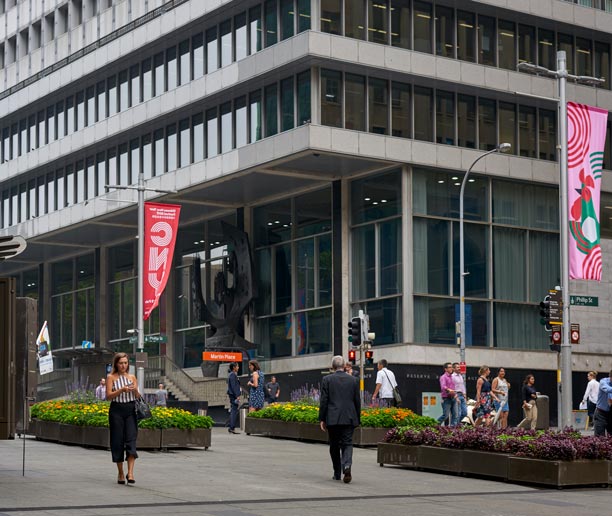At its meeting today, the Board decided to lower the cash rate by 25 basis points to 0.50 per cent. The Board took this decision to support the economy as it responds to the global coronavirus outbreak.
We suspect some banks will have difficulty in passing that cut through to mortgage holders, given the lower bounds problem. Westpac has however as first mover.
And the RBA only has one shot in the locker before QE starts.

The coronavirus has clouded the near-term outlook for the global economy and means that global growth in the first half of 2020 will be lower than earlier expected. Prior to the outbreak, there were signs that the slowdown in the global economy that started in 2018 was coming to an end. It is too early to tell how persistent the effects of the coronavirus will be and at what point the global economy will return to an improving path. Policy measures have been announced in several countries, including China, which will help support growth. Inflation remains low almost everywhere and unemployment rates are at multi-decade lows in many countries.
Long-term government bond yields have fallen to record lows in many countries, including Australia. The Australian dollar has also depreciated further recently and is at its lowest level for many years. In most economies, including the United States, there is an expectation of further monetary stimulus over coming months. Financial markets have been volatile as market participants assess the risks associated with the coronavirus. Australia’s financial markets are operating effectively and the Bank will ensure that the Australian financial system has sufficient liquidity.
The coronavirus outbreak overseas is having a significant effect on the Australian economy at present, particularly in the education and travel sectors. The uncertainty that it is creating is also likely to affect domestic spending. As a result, GDP growth in the March quarter is likely to be noticeably weaker than earlier expected. Given the evolving situation, it is difficult to predict how large and long-lasting the effect will be. Once the coronavirus is contained, the Australian economy is expected to return to an improving trend. This outlook is supported by the low level of interest rates, high levels of spending on infrastructure, the lower exchange rate, a positive outlook for the resources sector and expected recoveries in residential construction and household consumption. The Australian Government has also indicated that it will assist areas of the economy most affected by the coronavirus.
The unemployment rate increased in January to 5.3 per cent and has been around 5¼ per cent since April last year. Wages growth remains subdued and is not expected to pick up for some time. A gradual lift in wages growth would be a welcome development and is needed for inflation to be sustainably within the 2–3 per cent target range.
There are further signs of a pick-up in established housing markets, with prices rising in most markets, in some cases quite strongly. Mortgage loan commitments have also picked up, although demand for credit by investors remains subdued. Mortgage rates are at record lows and there is strong competition for borrowers of high credit quality. Credit conditions for small and medium-sized businesses remain tight.
The global outbreak of the coronavirus is expected to delay progress in Australia towards full employment and the inflation target. The Board therefore judged that it was appropriate to ease monetary policy further to provide additional support to employment and economic activity. It will continue to monitor developments closely and to assess the implications of the coronavirus for the economy. The Board is prepared to ease monetary policy further to support the Australian
